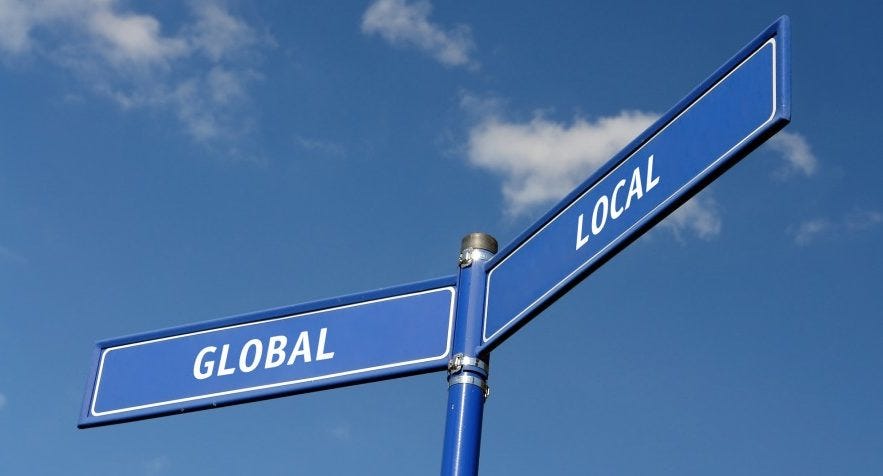

Far from being an abstraction, branding is a set of tools and methods meant to support business growth. Nowhere is this more obvious than in business globalization. No matter the industry, branding is a critical component of entering foreign markets and building a stable, profitable business abroad. Moreover, as economies move up the value chain, branding becomes increasingly central to the success of companies seeking to go global. It is thus more important than ever for senior decision-makers to fully integrate the branding dimension into their plans for globalization.

Making branding support overseas growth means more than a local language name or slogan. Different tools and methods must be deployed to achieve systematic brand building:
As we can see, overseas brand growth required coordinated action across a wider range of items, all of which are highly practical and directly connected to short and long term business growth.
Brand building in foreign markets, especially those geographically and culturally removed from the brand’s country of origin, is a long-term effort. A question often raised by decision makers is that of timing: which items to focus on in the short term? How to pace investment? What KPIs and milestones should be kept track of?
Based on these questions, Labbrand has developed a simple model outlining the key phases, work steps and strategic milestones for overseas brand building. Such a model can be used by brands at the start of their going global journey or by more mature companies to audit their progress and plan next steps.

Would like to learn more insights on overseas brand growth? Click “Contact Us” on the left to connect with Labbrand’s branding expert!
A Labbrand Group Company © 2005-2025 Labbrand All rights reserved
沪ICP备17001253号-3To improve your experience, we use cookies to provide social media features, offer you content that targets your particular interests, and analyse the performance of our advertising campaigns. By clicking on “Accept” you consent to all cookies. You also have the option to click “Reject” to limit the use of certain types of cookies. Please be aware that rejecting cookies may affect your website browsing experience and limit the use of some personalised features.